Modernizing a familiar approach to REST APIs, with PostgreSQL and Cloudflare Workers

Postgres is a ubiquitous open-source database technology. It contains a vast number of features and offers rock-solid reliability. It's also one of the most popular SQL database tools in the industry. As the industry builds “modern” developer experience tools—real-time and highly interactive—Postgres has also served as a great foundation. Projects like Hasura, which offers a real-time GraphQL engine, and Supabase, an open-source Firebase alternative, use Postgres under the hood. This makes Postgres a technology that every developer should know, and consider using in their applications.
For many developers, REST APIs serve as the primary way we interact with our data. Language-specific libraries like pg allow developers to connect with Postgres in their code, and directly interact with their databases. Yet in almost every case, developers reinvent the wheel, building the same connection logic on an app-by-app basis.
Many developers building applications with Cloudflare Workers, our serverless functions platform, have asked how they can use Postgres in Workers functions. Today, we're releasing a new tutorial for Workers that shows how to connect to Postgres inside Workers functions. Built on PostgREST, you'll write a REST API that communicates directly with your database, on the edge.
This means that Continue reading
Durable Objects: Easy, Fast, Correct — Choose three

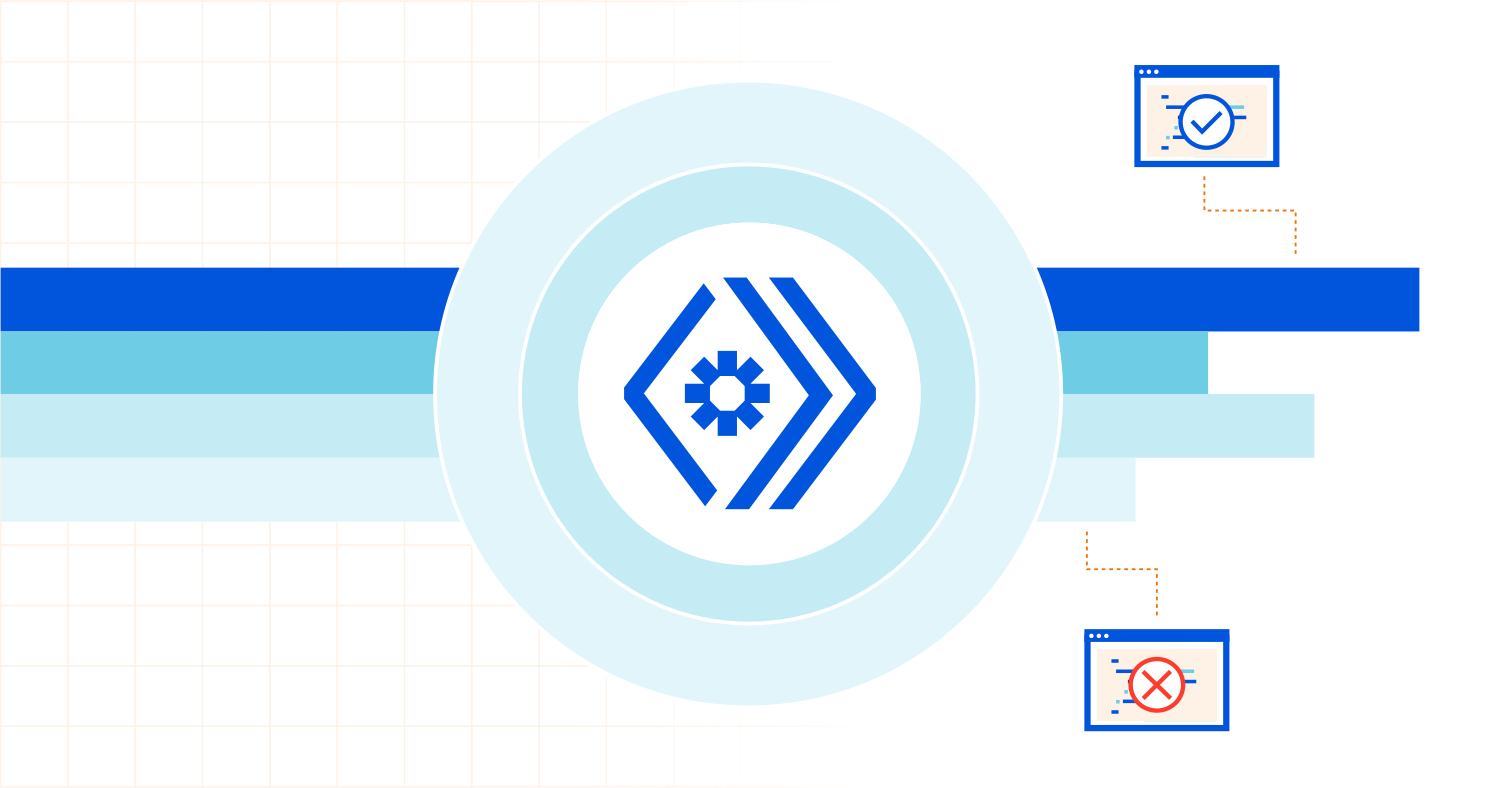
Storage in distributed systems is surprisingly hard to get right. Distributed databases and consensus are well-known to be extremely hard to build. But, application code isn't necessarily easy either. There are many ways in which apps that use databases can have subtle timing bugs that could result in inconsistent results, or even data loss. Worse, these problems can be very hard to test for, as they'll often manifest only under heavy load, or only after a sudden machine failure.
Up until recently, Durable Objects were no exception. A Durable Object is a special kind of Cloudflare Worker that has access to persistent storage and processes requests in one of Cloudflare’s points of presence. Each Object has its own private storage, accessible through a classical key/value storage API. Like any classical database API, this storage API had to be used carefully to avoid possible race conditions and data loss, especially when performance mattered. And like any classical database API, many apps got it wrong.
However, rather than fix the apps, we decided to fix the model. Last month, we rolled out deep changes to the Durable Objects runtime such that many applications which previously contained subtle race conditions are now correct Continue reading
Helping Keep Governments Safe and Secure


Today, we are excited to share that Cloudflare and Accenture Federal Services (AFS) have been selected by the Department of Homeland Security (DHS) to develop a joint solution to help the federal government defend itself against cyberattacks. The solution consists of Cloudflare’s protective DNS resolver which will filter DNS queries from offices and locations of the federal government and stream events directly to Accenture’s analysis platform.
Located within DHS, the Cybersecurity and Infrastructure Security Agency (CISA) operates as “the nation’s risk advisor.”1 CISA works with partners across the public and private sector to improve the security and reliability of critical infrastructure; a mission that spans across the federal government, State, Local, Tribal, and Territorial partnerships and the private sector to provide solutions to emerging and ever-changing threats.
Over the last few years, CISA has repeatedly flagged the cyber risk posed by malicious hostnames, phishing emails with malicious links, and untrustworthy upstream Domain Name System (DNS) resolvers.2 Attackers can compromise devices or accounts, and ultimately data, by tricking a user or system into sending a DNS query for a specific hostname. Once that query is resolved, those devices establish connections that can lead to malware downloads, phishing websites, Continue reading
The Future of Work at Cloudflare


During Impact Week, we've shared how Cloudflare is providing tools for our customers to minimize their environmental impact as well as what we, as a company, are doing to help society at large. But some critical stakeholders we haven’t talked much about yet are Cloudflare's more than 2,000 employees: who build our services, support and educate our customers, keep our finances in order, work through difficult policy issues, and empower us to accomplish everything we have.
Over the last year and a half, we've all challenged a lot of the assumptions about what it means to "work." Prior to the start of the pandemic, Cloudflare was very much a work-from-office culture. And so when, on March 13, 2020, we closed all our offices and asked everyone to work from home, the two of us were extremely nervous.
And then something unexpected happened: a lot of things got better.
As a company, productivity increased — when measured by our success selling our products, our pace of shipping new products, and even things like the time it takes for our finance team to close our books.
Other day-to-day things got better, too. We noticed a marked increase in participation in Continue reading
The Cloudflare Startup Enterprise Plan: helping new startups bootstrap


Early in the life of most startups, there is a time of incredible hustle, creative problem solving, and making the impossible possible through out-of-the-box thinking and elbow grease. Grizzled veterans, who have lived through those days of running on coffee and shoestring budgets, look back on that time and fascinate the newcomers with war stories of back in the day, of adventures and first wins, when they kept the lights on by sheer force of will.
To help early stage startups get going, Cloudflare is giving away one year of the Startup Enterprise plan to all early stage startups in participating accelerator programs. That early stage time is special for product development, and entrepreneurs unlock worlds of possibilities when they have advanced tools on their hands, such as the power of the Cloudflare network.
What’s included in the Startup Enterprise plan?
In addition to the core offerings in the Pro and Business plans (e.g., CDN, DNS, WAF, custom SSL cert, 50 page rules), when founders sign up for the Startup Enterprise plan they’ll get special access to:
- Cloudflare Workers: 50 million requests / month.
- Deploy serverless code instantly across the globe to give it exceptional performance, reliability, Continue reading
Cloudflare is joining Pledge 1%


One theme we've prioritized this year at Cloudflare is how we can “level up” — level up service to our customers, level up the growth of our network, level up speed and creativity as we innovate.
In addition to our products and business, “leveling up” should also apply to the way Cloudflare gives back. Since our founding, giving back has been part of Cloudflare’s DNA, whether it’s through free services like Unmetered DDoS Mitigation or Universal SSL, giving gifts to the Internet every year during Birthday Week, or through free programs like Project Galileo that helps protect at-risk public interest organizations all over the world: for example, human rights activists and journalists. As the capabilities of our network continue to grow, we know there is more we can do. As we started to plan our first Impact Week, it seemed like the right time to figure out how we can level up how we give back to our communities.
To help us get there, I am excited to announce that Cloudflare is joining Pledge 1%. We're joining the more than 12,000 companies in 100 countries that are committed to making a tangible, positive impact in their communities. As part of Continue reading
Building a sustainable workforce, through communities


At Cloudflare, we have our eyes set on an ambitious goal: to help build a better Internet. Today the company runs one of the world’s largest networks that powers approximately 25 million Internet properties. This is made possible by our 1,900 team members around the world. We believe the key to achieving our potential is to build diverse teams and create an environment where everyone can do their best work.
That is why we place a lot of value on the importance of diversity, equity and inclusion. Diversity, equity, and inclusion lead to better outcomes through improved decision-making, more innovative teams, stronger financial returns and simply a better place to work for everyone.

To become more diverse, equitable, and inclusive, we believe it’s important to focus on communities within and around our company.
Building internal communities at Cloudflare
At Cloudflare, like most workplaces, there are built-in communities: your direct team, your cross-functional partners and (because we take onboarding very seriously) your new hire class. These communities, especially the first two, are important to help you get your job done. But we want more than that for our team at Cloudflare. We believe that community builds connection and fosters a sense Continue reading
How Employee Resource Groups (ERGs) can change an organization


Employee resource groups (ERGs) are important to a company’s success. They foster community and a sense of belonging, help drive organizational change, and improve the overall quality of an organization’s culture. Most importantly, they help organizations become more diverse, equitable, and inclusive. I’d love to share the history of ERGs at Cloudflare, as well as how they function and help influence the company.
The history of ERGs at Cloudflare
When I joined Cloudflare in 2017, one of the first things I did was search “LGBTQ” in our company chat. A chat room of a dozen or so employees titled “LGBT at Cloudflare'' popped up. There was evidence of some historic chatter in the room, and it was clear some employees had gathered for drinks after work before. I immediately introduced myself to the group, and asked if they would be okay with me setting up a meet & greet event. We booked a conference room, ordered lunch, found an article to discuss, introduced ourselves, and collectively decided we wanted to continue hosting such events. In our second meeting, we decided we should make things official by deciding on a name. This was the birth of Proudflare, our employee resource group Continue reading
Introducing Greencloud


Over the past few days, as part of Cloudflare’s Impact Week, we’ve written about the work we’re doing to help build a greener Internet. We’re making bold climate commitments for our own network and facilities and introducing new capabilities that help customers understand and reduce their impact. And in addition to organization-level initiatives, we also recognize the importance of individual impact — which is why we’re excited to publicly introduce Greencloud, our sustainability-focused employee working group.
What is Greencloud?
Greencloud is a coalition of Cloudflare employees who are passionate about the environment. Initially founded in 2019, we’re a cross-functional, global team with a few areas of focus:
- Awareness: Greencloud compiles and shares resources about environmental activism with each other and the broader organization. We believe that collective action — not just conscious consumerism, but also engagement in local policy and community movements — is critical to a more sustainable future, and that the ability to affect change starts with education. We’re also consistently inspired by the great work other folks in tech are doing in this space, and love sharing updates from peers that push us to do better within our own spheres of influence.
- Support: Our membership includes Cloudflare Continue reading
Cloudflare’s Athenian Project Expands Internationally


Over the course of the past few years, we’ve seen a wide variety of different kinds of online threats to democratically-held elections around the world. These threats range from attempts to restrict the availability of information, to efforts to control the dialogue around elections, to full disruptions of the voting process.
Some countries have shut down the Internet completely during elections. In 2020, Access Now’s #KeepItOn Campaign reported at least 155 Internet shutdowns in 29 countries such as Togo, Republic of the Congo, Niger and Benin. In 2021, Uganda's government ordered the "Suspension Of The Operation Of Internet Gateways" the day before the country's general election.
Even outside a full Internet shutdown, election reporting and registration websites can face attacks from other nations and from parties seeking to disrupt the administration of the election or undermine trust in the electoral process. These cyberattacks target not only electronic voting or election technologies, but access to information and communications tools such as voter registration and websites that host election results. In 2014, a series of cyberattacks including DDoS, malware and phishing attacks were launched against Ukraine’s Central Election Commission ahead of the presidential election. These sophisticated attacks attempted to infiltrate the internal Continue reading
Working with those who protect human rights around the world


Over the past few years, we’ve seen an increasing use of Internet shutdowns and cyberattacks that restrict the availability of information in communities around the world. In 2020, Access Now’s #KeepItOn coalition documented at least 155 Internet shutdowns in 29 countries. During the same period, Cloudflare witnessed a five-fold increase in cyberattacks against the human rights, journalism, and non-profit websites that benefit from the protection of Project Galileo.
These disruptive measures, which put up barriers to those looking to use the Internet to express themselves, earn a livelihood, gather and disseminate information, and participate in public life, affect the lives of millions of people around the world.
As described by the UN Human Rights Council (UNHRC), the Internet is not only a key means by which individuals exercise their rights to freedom of opinion and expression, it “facilitates the realization of a range of other human rights” including “economic, social and cultural rights, such as the right to education and the right to take part in cultural life and to enjoy the benefits of scientific progress and its applications, as well as civil and political rights, such as the rights to freedom of association and assembly.” The effect of Continue reading
Cloudflare’s Human Rights Commitments


Last year, we announced our commitment to the UN Guiding Principles on Business and Human Rights, and our partnership with Global Network Initiative (GNI). As part of that announcement, Cloudflare committed to developing a human rights policy in order to ensure that the responsibility to respect human rights is embedded throughout our business functions. We spent much of the last year talking to those inside and outside the company about what a policy should look like, the company’s expectations for human rights-respecting behavior, and how to identify activities that might affect human rights.
Today, we are releasing our first human rights policy. The policy sets out our commitments and the way we implement them.
Why would Cloudflare develop a human rights policy?
Cloudflare’s mission — to help build a better Internet — reflects a long-standing belief that we can help make the Internet better for everyone. We believe that everyone should have access to an Internet that is faster, more reliable, more private, and more secure. To earn our customers’ trust, we also strive to live up to our core values of being principled, curious, and transparent. The actions that we have taken over the years reflect our mission and Continue reading
Certifying our Commitment to Your Right to Information Privacy

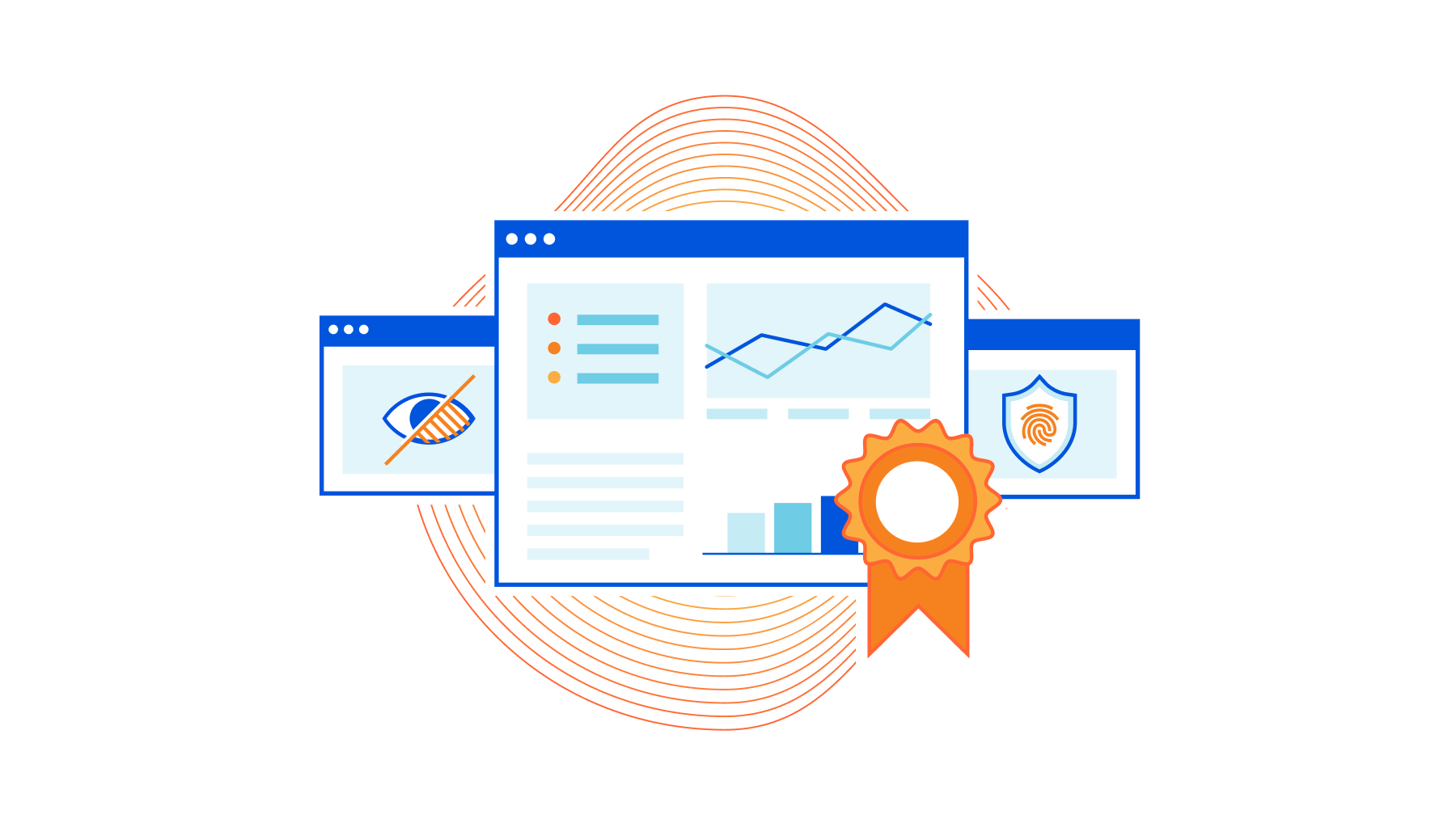
Cloudflare recognizes privacy in personal data as a fundamental human right and has taken a number of steps, including certifying to international standards, to demonstrate our commitment to privacy.
Privacy has long been recognized as a fundamental human right. The United Nations included a right to privacy in its 1948 Universal Declaration of Human Rights (Article 12) and in the 1976 International Covenant on Civil and Political Rights (Article 17). A number of other jurisdiction-specific laws and treaties also recognize privacy as a fundamental right.
Cloudflare shares the belief that privacy is a fundamental right. We believe that our mission to help build a better Internet means building a privacy-respecting Internet, so people don’t feel they have to sacrifice their personal information — where they live, their ages and interests, their shopping habits, or their religious or political beliefs — in order to navigate the online world.
But talk is cheap. Anyone can say they value privacy. We show it. We demonstrate our commitment to privacy not only in the products and services we build and the way we run our privacy program, but also in the examinations we perform of our processes and products to ensure they work the Continue reading
Cloudflare and COVID-19: Project Fair Shot Update
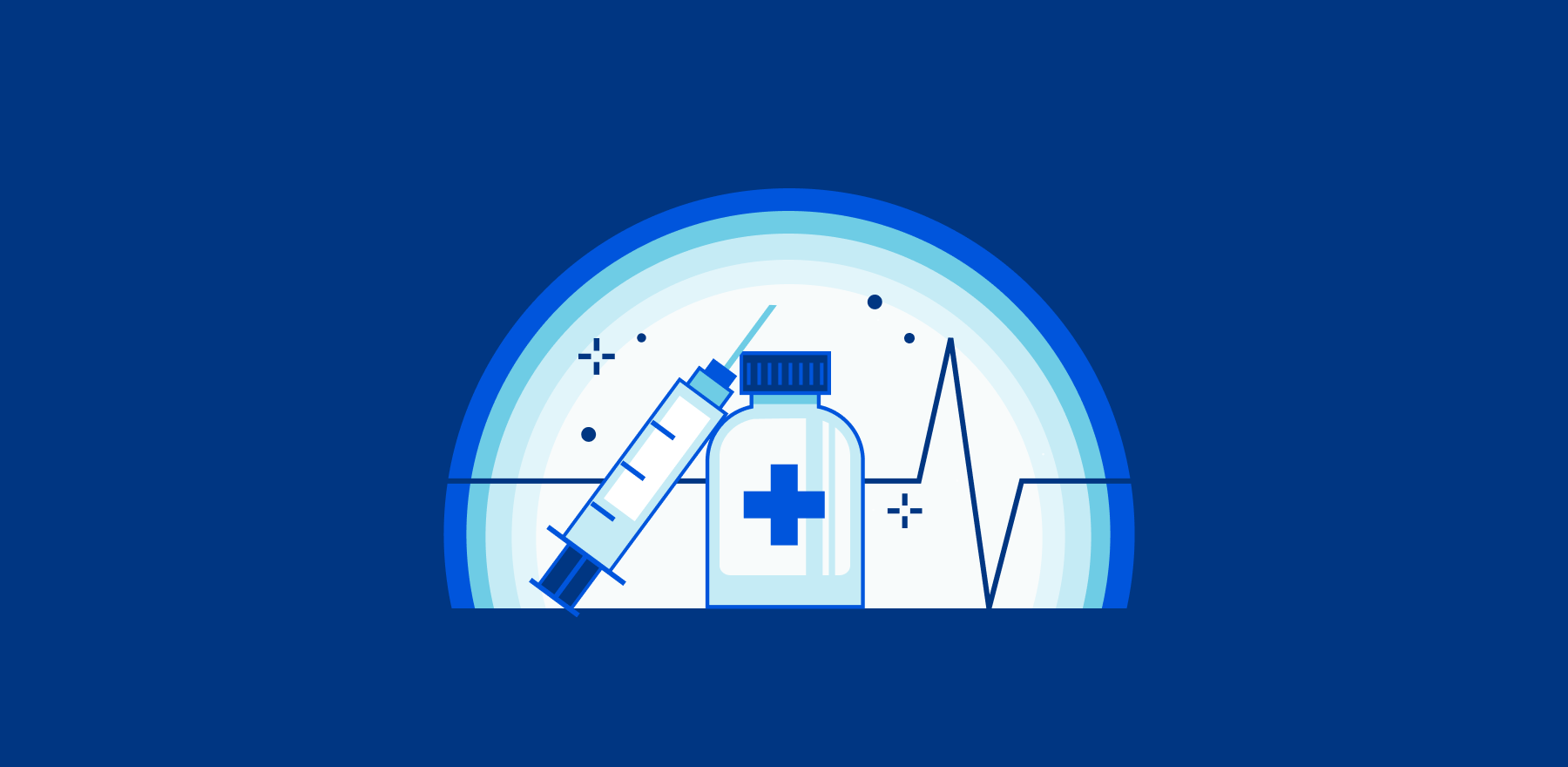
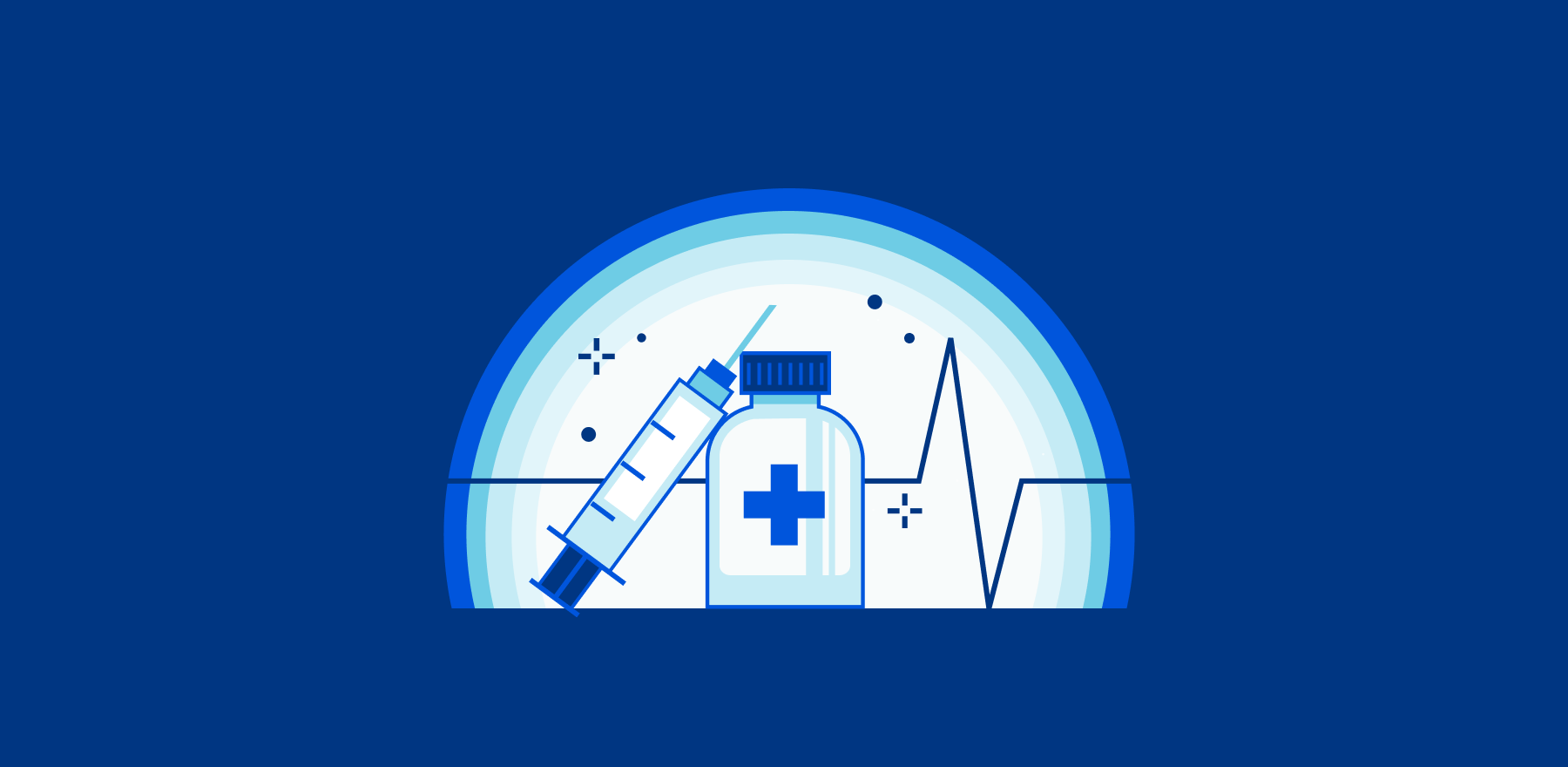
In February 2021, Cloudflare launched Project Fair Shot — a program that gave our Waiting Room product free of charge to any government, municipality, private/public business, or anyone responsible for the scheduling and/or dissemination of the COVID-19 vaccine.
By having our Waiting Room technology in front of the vaccine scheduling application, it ensured that:
- Applications would remain available, reliable, and resilient against massive spikes of traffic for users attempting to get their vaccine appointment scheduled.
- Visitors could wait for their long-awaited vaccine with confidence, arriving at a branded queuing page that provided accurate, estimated wait times.
- Vaccines would get distributed equitably, and not just to folks with faster reflexes or Internet connections.
Since February, we’ve seen a good number of participants in Project Fair Shot. To date, we have helped more than 100 customers across more than 10 countries to schedule approximately 100 million vaccinations. Even better, these vaccinations went smoothly, with customers like the County of San Luis Obispo regularly dealing with more than 20,000 appointments in a day. “The bottom line is Cloudflare saved lives today. Our County will forever be grateful for your participation in getting the vaccine to those that need it most in an elegant, Continue reading
Project Galileo and The Global Cyber Alliance Cybersecurity Toolkit for Journalists


Cloudflare started Project Galileo in 2014 to provide a set of free security products to a range of groups on the Internet that are targeted by cyberattacks due to their critical work. These groups include human rights defenders, independent media and journalists, and organizations that work in strengthening democracy. Seven year later, Project Galileo currently protects more than 1,500 organizations in 111 countries.
A majority of the organizations protected under Project Galileo work in independent media and journalism, and are targeted both physically and online as a result of reporting critical events around the world. From July 2020 to March 2021, there were more than seven billion cyberattacks against Project Galileo journalism and media sites, equating to over 30 million attacks per day against this group. We reported many of these findings for the 7th anniversary of Project Galileo’s Radar Dashboard.
Global Cyber Alliance

We have reported on the cyber threats to independent journalists and media organizations in the past, with the goal of creating best practices on how to protect these groups online. As we shared these insights, we started to collaborate with organizations that provide support and resources to improve journalists’ cybersecurity capabilities and respond to threats. One Continue reading
Crawler Hints: How Cloudflare Is Reducing The Environmental Impact Of Web Searches

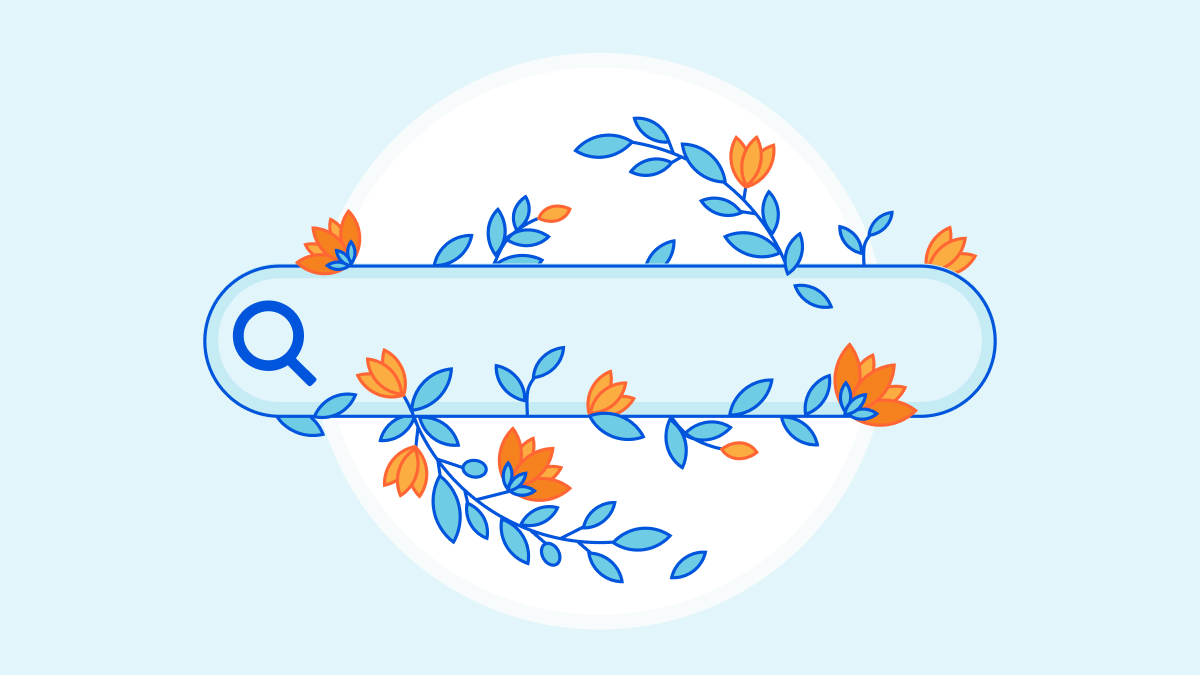
Cloudflare is known for innovation, for needle-moving projects that help make the Internet better. For Impact Week, we wanted to take this approach to innovation and apply it to the environmental impact of the Internet. When it comes to tech and the environment, it’s often assumed that the only avenue tech has open to it is harm mitigation: for example, climate credits, carbon offsets, and the like. These are undoubtedly important steps, but we wanted to take it further — to get into harm reduction. So we asked — how can the Internet at large use less energy and be more thoughtful about how we expend computing resources in the first place?
Cloudflare has a global view into the traffic of the Internet. More than 1 in 6 websites use our network, and we observe the traffic flowing to and from them continuously. While most people think of surfing the Internet as a very human activity, nearly half of all traffic on the global network is generated by automated systems.
We've analyzed this automated traffic, from so-called “bots,” in order to understand the environmental impact. Most of the bot traffic is malicious. Cloudflare protects our clients from this malicious traffic Continue reading
Introducing Smart Edge Revalidation
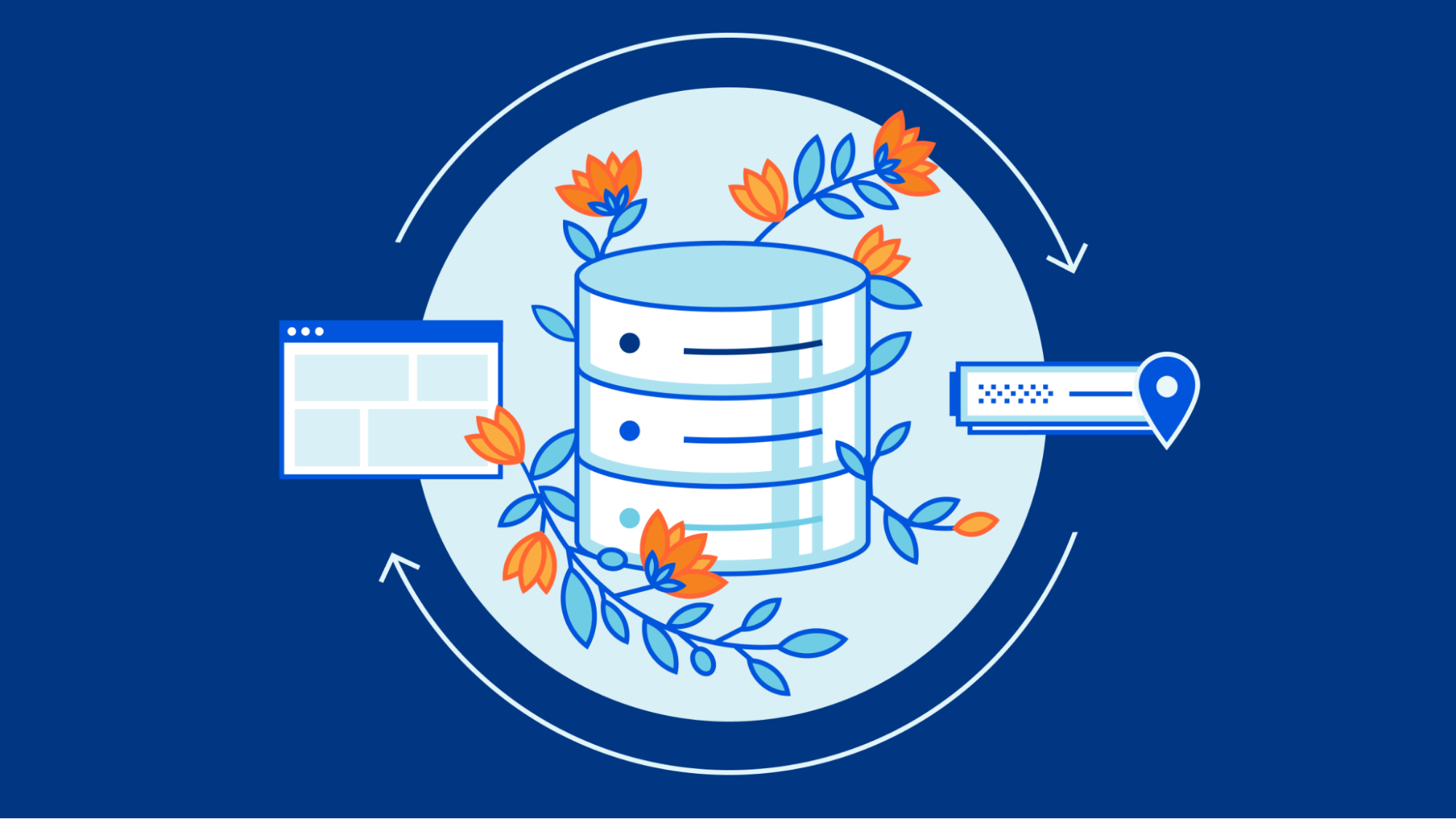

Today we’re excited to announce Smart Edge Revalidation. It was designed to ensure that compute resources are synchronized efficiently between our edge and a browser. Right now, as many as 30% of objects cached on Cloudflare’s edge do not have the HTTP response headers required for revalidation. This can result in unnecessary origin calls. Smart Edge Revalidation fixes this: it does the work to ensure that these headers are present, even when an origin doesn’t send them to us. The advantage of this? There’s less wasted bandwidth and compute for objects that do not need to be redownloaded. And there are faster browser page loads for users.
So What Is Revalidation?

Revalidation is one part of a longer story about efficiently serving objects that live on an origin server from an intermediary cache. Visitors to a website want it to be fast. One foundational way to make sure that a website is fast for visitors is to serve objects from cache. In this way, requests and responses do not need to transit unnecessary parts of the Internet back to an origin and, instead, can be served from a data center that is closer to the visitor. As such, website operators Continue reading
Helping build a green Internet


When we started Cloudflare, we weren't thinking about minimizing the environmental impact of the Internet. Frankly, I didn't really think of the Internet as having much of an environmental impact. It was just this magical resource that gave access to information and services from anywhere.
But that was before I started racking servers in hyper-cooled data centers. Before Cloudflare started paying the bills to keep those servers powered up and cooled down. Before we became obsessed with maximizing the number of requests we could process per watt of power. And long before we started buying directly from renewable power suppliers to drive down the cost of electricity across our network.
Today, I have a very good understanding of how much power it takes to run the Internet. It therefore wasn't surprising to read the Boston Consulting Group study which found that 2% of all carbon output, about 1 billion metric tons per year, is attributable to the Internet. That’s the equivalent of the entire aviation industry.
Cloudflare: Accidentally Environmentally Friendly By Design
While we didn't set out to reduce the environmental impact of the Internet, Cloudflare has always had efficiency at its core. It comes from our ongoing fight with Continue reading
Announcing Green Compute on Cloudflare Workers


All too often we are confronted with the choice to move quickly or act responsibly. Whether the topic is safety, security, or in this case sustainability, we’re asked to make the trade off of halting innovation to protect ourselves, our users, or the planet. But what if that didn’t always need to be the case? At Cloudflare, our goal is to bring sustainable computing to you without the need for any additional time, work, or complexity.
Enter Green Compute on Cloudflare Workers.
Green Compute can be enabled for any Cron triggered Workers. The concept is simple: when turned on, we’ll take your compute workload and run it exclusively on parts of our edge network located in facilities powered by renewable energy. Even though all of Cloudflare’s edge network is powered by renewable energy already, some of our data centers are located in third-party facilities that are not 100% powered by renewable energy. Green Compute takes our commitment to sustainability one step further by ensuring that not only our network equipment but also the building facility as a whole are powered by renewable energy. There are absolutely no code changes needed. Now, whether you need to update a leaderboard every five Continue reading
Designing Edge Servers with Arm CPUs to Deliver 57% More Performance Per Watt


Cloudflare has millions of free customers. Not only is it something we’re incredibly proud of in the context of helping to build a better Internet — but it’s something that has made the Cloudflare service measurably better. One of the ways we’ve benefited is that it’s created a very strong imperative for Cloudflare to maintain a network that is as efficient as possible. There’s simply no other way to serve so many free customers.
In the spirit of this, we are very excited about the latest step in our energy-efficiency journey: turning to Arm for our server CPUs. It has been a long journey getting here — we started testing our first Arm CPUs all the way back in November 2017. It’s only recently, however, that the quantum of energy efficiency improvement from Arm has become clear. Our first Arm CPU was deployed in production earlier this month — July 2021.
Our most recently deployed generation of edge servers, Gen X, used AMD Rome CPUs. Compared with that, the newest Arm based CPUs process an incredible 57% more Internet requests per watt. While AMD has a sequel, Milan (and which Cloudflare will also be deploying), it doesn’t achieve the same Continue reading